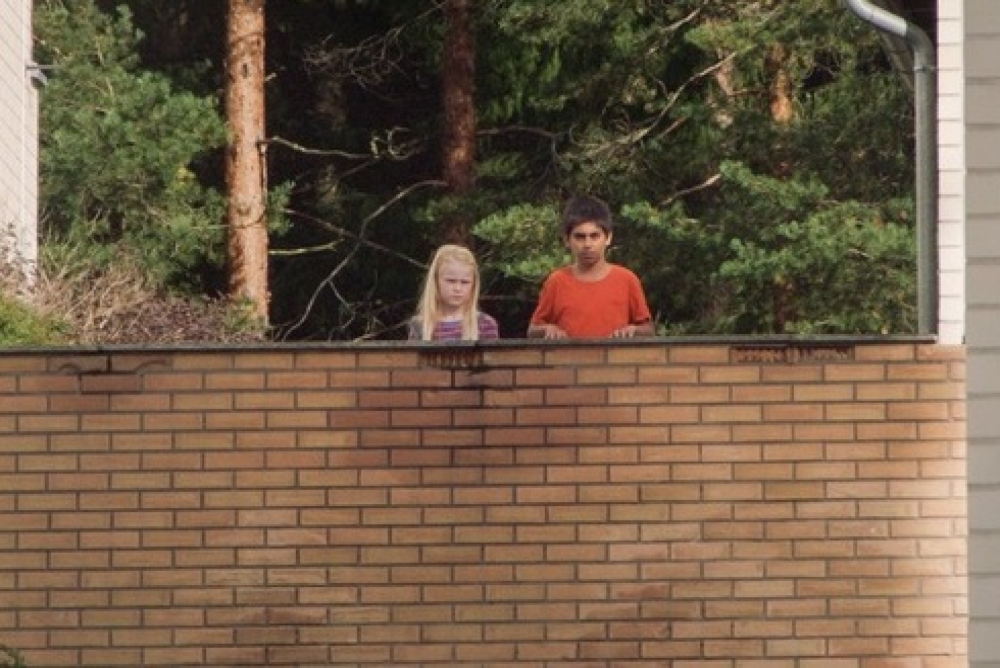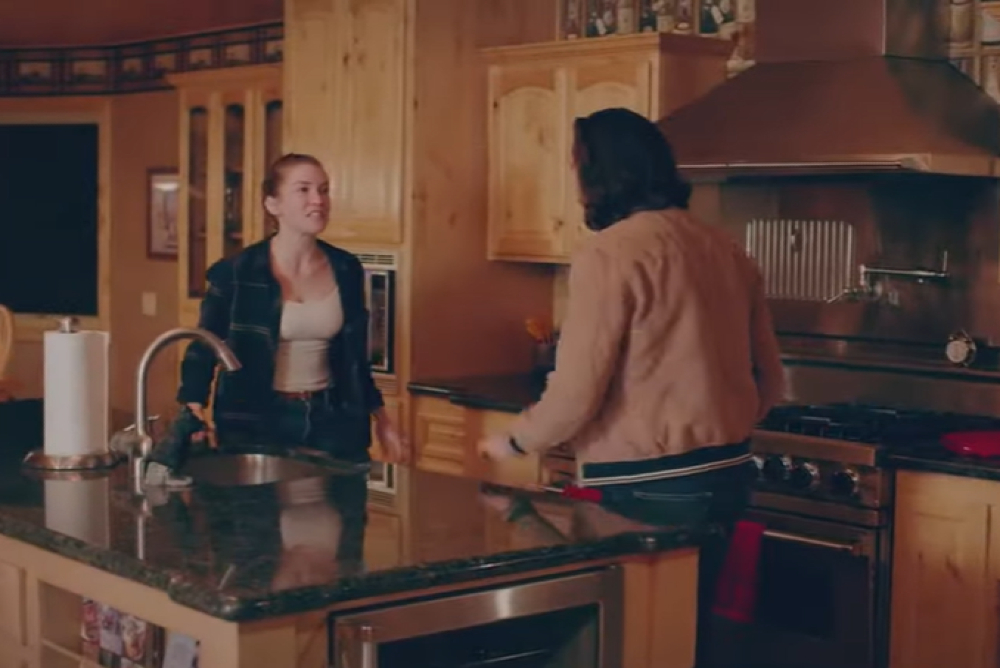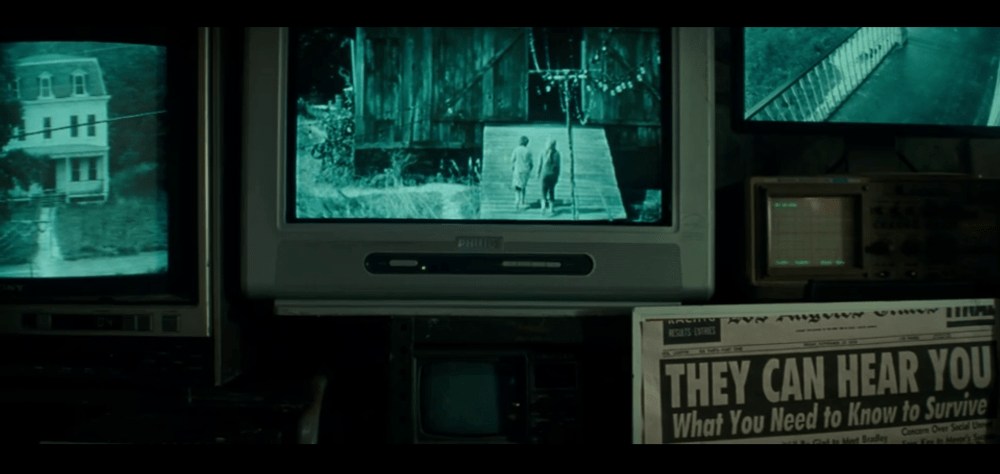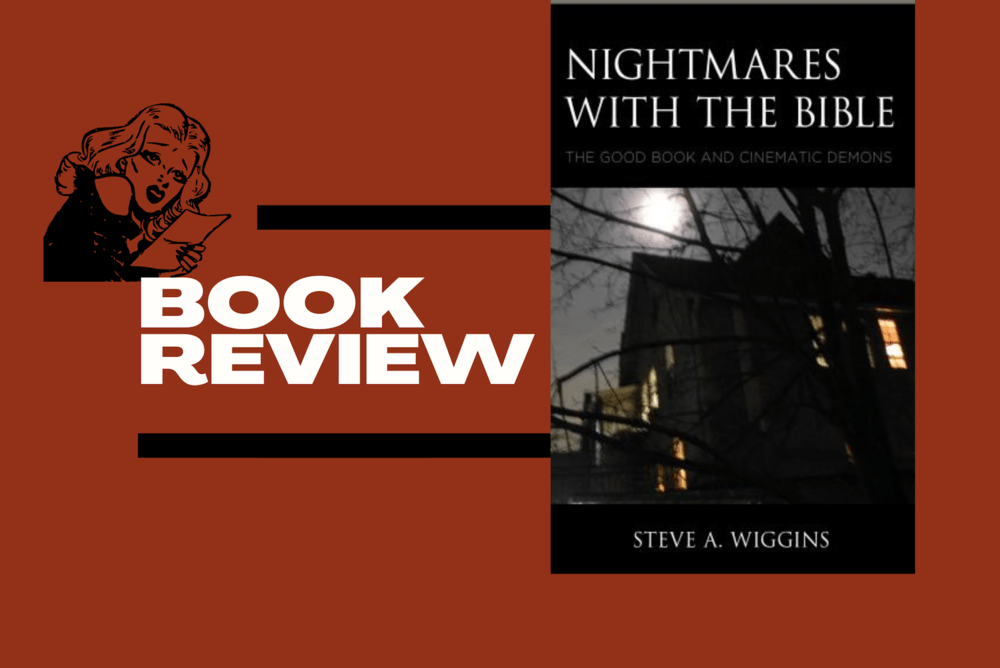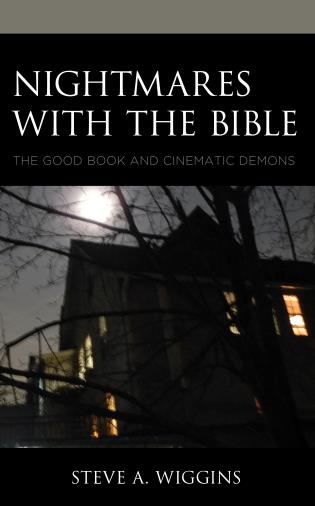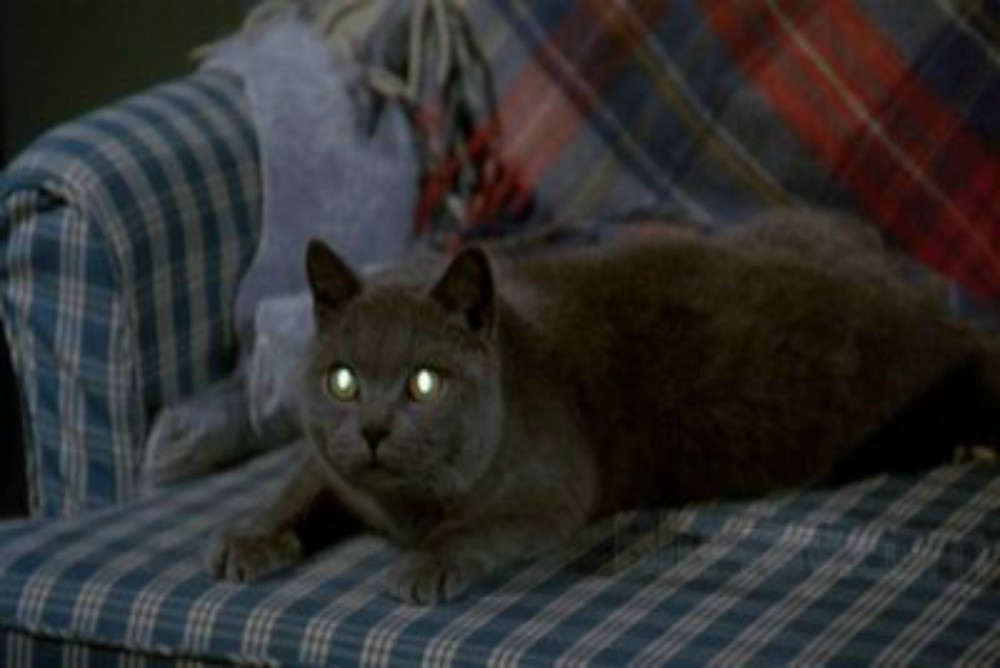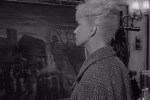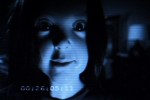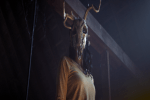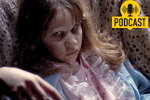Casual cruelty and playful perversion make up the slow-burning scares of writer-director Eskil Vogt’s sophomore feature, The Innocents (De uskyldige), whose child characters convey a creepy conception of ethical sentiment. Privileged protagonist Ida (excellent as her young co-stars: Rakel Lenora Fløttum) vents her frustration about her parents’ move to a bare concrete complex by torturing her autistic sister Anna (Alva Brynsmo Ramstad) and engaging in animal abuse. Rapidly escalating, the agony the little girl and her new friend Ben (Sam Ashraf) inflict first upon insects and invertebrates, then a trustful cat, unmasks the inhumane impulses central to the menacing morality lesson offered up by this film.
The Great and Terrible Day of the Lord (2021), written by Jared Jay Mason and directed by Mason and Clark Runciman, is a film that raises more questions than it answers. An independent movie distributed by Random Media, it features two actors, Jordan Ashley Grier (Gabby) and Swayde McCoy (Michael). It received seven award nominations. This review will contain spoilers, so be warned.
About the spoilers: there’s no way to review this film without them.
The Great and Terrible Day of the Lord takes place over a weekend—intended to be romantic—with Michael and Gabby. They aren’t engaged, but in love. They drive to a remote cabin (and this isn’t going where you probably think it is) owned by his family. Arriving before dark on Friday we quickly learn that Michael is intense, loving, and sensitive. Gabby’s holding back a little because she’s not ready to trust him with her secrets. They have a drink and smoke some pot to unwind. As they’re dancing through the stylish cabin, Michael suddenly reveals to Gabby that he’s God. More than that, he’s come to her without Michael’s knowledge to tell her she’ll die before the weekend’s over. And she’s going to Hell.
‘If they hear you, they hunt you.’ A Quiet Place (2018) tells the story of a white American family fighting to survive in a post-apocalyptic North American landscape, where they are forced to live in silence to avoid monstrous creatures that hunt by sound and have wiped out the majority of the population. The fictional couple Evelyn and Lee Abbott (played by real-life Hollywood couple Emily Blunt and John Krasinki) are determined to find a way to protect their children (deaf daughter Regan, and sons Marcus and Beau) while desperately searching for a way to fight back.
Nightmares with the Bible: The Good Book and Cinematic Demons (Book Review)
Guest PostNightmares with the Bible: The Good Book and Cinematic Demons
Author: Steve A. Wiggins
Publisher: Lexington Books/Fortress Academic, 2021
Popular culture continues to provide evidence of its fascination with the demonic and possession. Perhaps the best illustration of this is the number of horror films that have been produced over the years on the topic. Given the influence of Christianity as the dominant religion in American culture, and the centrality of the Bible within that tradition, it might be assumed that as the Bible informs cinema’s demons that this influence is straightforward, simple, and one-way: from the text to the screen. But this is not the case. The reality is far more complex, multifaceted, and synergistic.
Steve Wiggins explores and unpacks this topic in his new volume, Nightmares with the Bible: The Good Book and Cinematic Demons. As with his previous volume on religion and horror, Holy Horror: The Bible and Fear in Movies, Wiggins brings together his academic background in biblical studies, along with a fan’s and scholar’s interest in horror. The result is an informative exploration of both the Bible and the demonic in horror that has as much appeal for those involved in either area of research specialization, and even more so for those who appreciate when these areas overlap. Read more
Pet Sematary, at least at the time Stephen King wrote his 2001 introduction, was the most frightening book he’d written, according to the author. He explains that for any parent the death of a child is perhaps the most traumatic event they might ever face. The only thing worse would be if s/he came back to life, not him- or herself. Two major films were made based on this novel, one in 1989, directed by Mary Lambert and a second in 2019 by Kevin Kölsch and Dennis Widmyer. Resurrection is a frightening idea. It claws out of the ground of religion.
The entire premise of resurrection, to those in the western hemisphere, derives from Christian teaching. Among the many movie monsters, two revenants in particular—the resurrected and the zombie—inspire a special fear. Is it because religion tells us that at least the former is actually possible? Horror derives much of its energy from the fear of death, and the living dead of either stripe have religious origins and cross boundaries that are carefully guarded.

